Despite the strains on the consumer purse, the increasing high-street presence of small-format supermarkets and the summer’s social unrest, the independent convenience retail sector continued to hold its own in 2011, says Christie + Co’s Business Outlook 2012.
According to Business Outlook 2012, which uses average price information derived from retail transactions brokered by the company, average convenience retail property prices fell by 3.6 per cent in 2011, compared with an increase of 2.1 per cent increase the previous year. This mirrored a general trend across the sectors in which Christie + Co operates which saw prices retreat to former levels in the face of the continuing economic uncertainty.
Steve Rodell, director & head of retail at Christie + Co, says: “While market conditions and the lack of debt finance continued to suppress transactional volumes somewhat in 2011 — and what we did see was, by and large, either estate churn by corporates or distress sales — the sector looks sure to benefit from corporate demand for going concern opportunities and new sites in 2012.”
Report highlights:
• Convenience stores find strength in symbols – Difficult trading conditions, allied to the supermarkets’ ability to leverage economies of scale in cut-priced promotions and offers, resulted in an increasing number of independent operators migrating to ‘symbol-group’ branding.
Rodell says: “Symbol branding in convenience stores is rapidly expanding, as from the customer’s perspective, there appears to be more comfort in walking into a branded format such as Spar, Nisa, Costcutter, Budgens or Londis stores rather than an unbranded independent.”
However, independents are increasingly using the new brand strength to introduce ‘value’ ranges and additional product lines and competitive promotions to offset the inroads being made into their markets by the small format supermarkets such as Tesco Express and Little Waitrose.
• Fuel levy postponement meagre comfort for forecourt operators - Fuel retailers struggled for margin as 2011 saw the Government add effectively 3.5 – 4p per litre to the price of fuel through taxation. Geo-political issues such as the Arab Spring and UK refining capabilities are likely to result in upward pressure on price in 2012.
Rodell says: “Despite welcome news from the Chancellor that January’s scheduled rise in fuel duty is deferred to August, independent operators saw relentless competition in 2011 from the supermarkets which often priced fuel as a loss-leader, in order to vie for consumers’ weekly shopping budget.
“However, independent forecourts continued to seek their own partners and engaged with convenience symbol brands such as Spar and introduced other concepts like Subway, Starbucks, Greggs and Costa Coffee to counter the effects of falling fuel sales and reducing margins.”
Christie + Co’s predictions for the retail sector in 2012:
• Fuel supply opportunities will be limited and margins will remain squeezed due to the ongoing pressures faced by operators;
• Convenience retailers will remain under pressure as consumer spending is squeezed and costs continue to escalate;
• Supermarkets will continue their expansion into convenience retail, developing further standalone sites and seeking partnership deals;
• Those who are still acquiring assets will focus on quality and value for money;
• Independent stores may command strong prices in the short-term, due to scarcity, but will be threatened in the mid-term by new supermarket developments;
• The tobacco display ban will present a short-term opportunity for many independents before the longer-term threat;
• Across convenience retail, operators will continue to forge alliances with symbol brands;
• Post Office modernisation will secure income for operators over the next three years and present greater opportunities for specialist and niche retailers.





















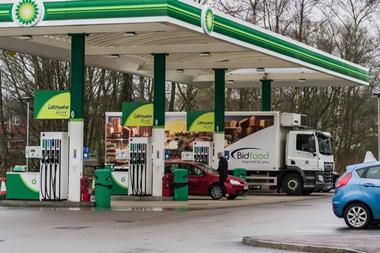
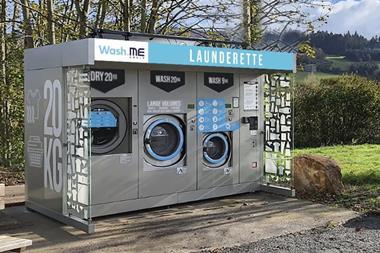
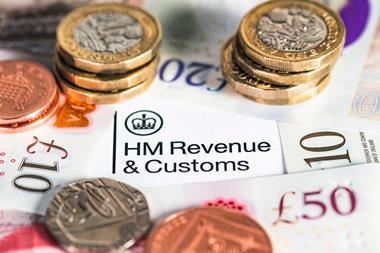
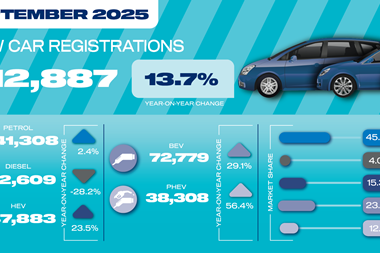
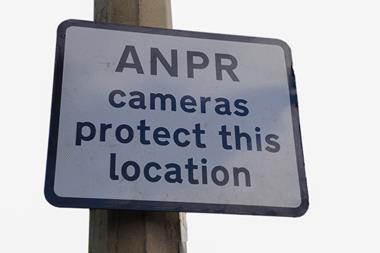
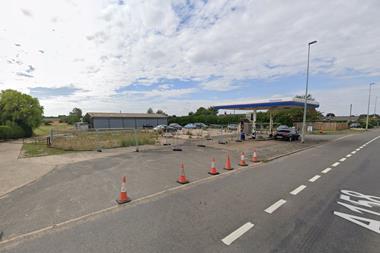
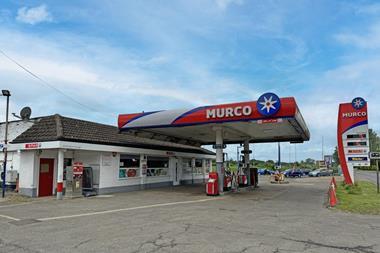
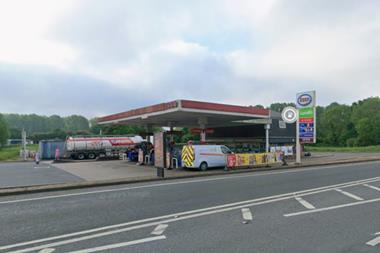
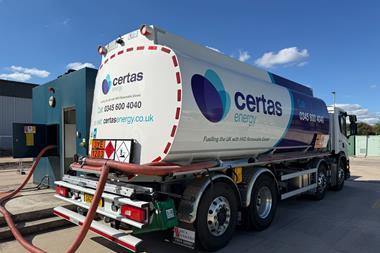

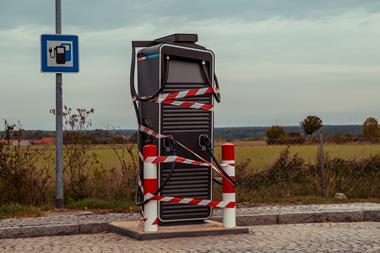

No comments yet